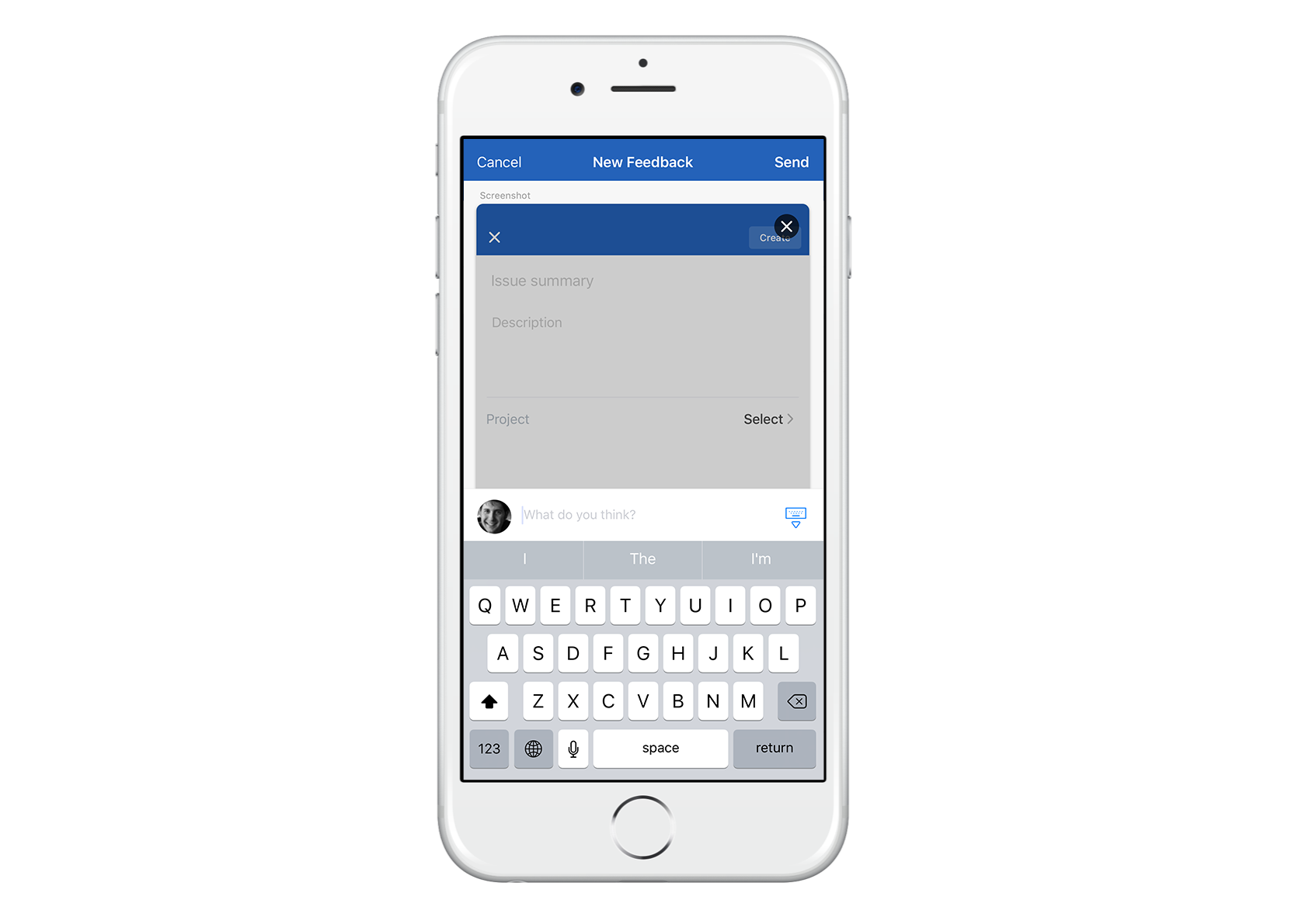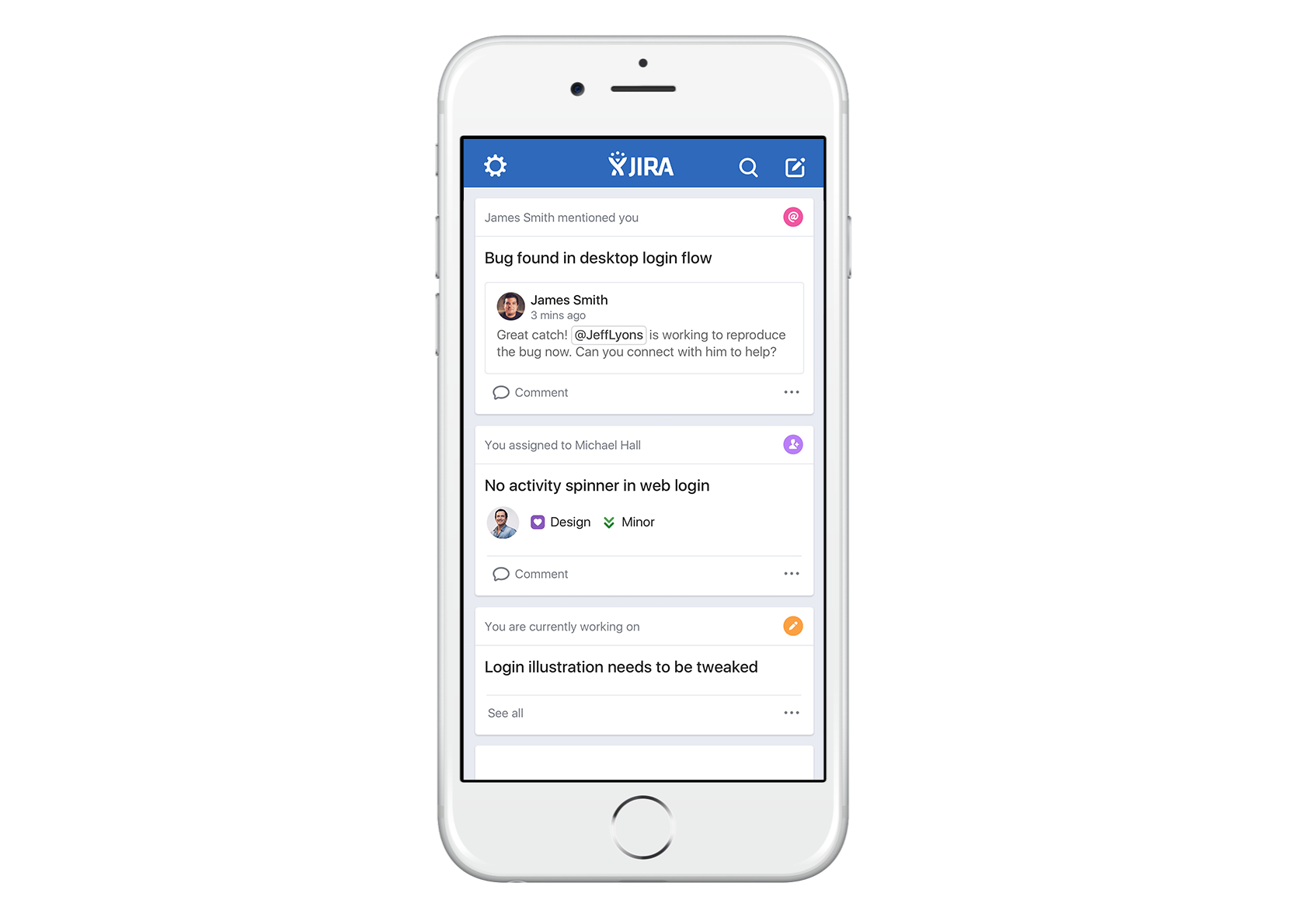 Collecting and responding to customer feedback is what makes agile software development lean. This relationship creates a constant need to release software early and develop with users in mind. As a result, user feedback is crucial to understanding how to add value to a product and improve user satisfaction.
Collecting and responding to customer feedback is what makes agile software development lean. This relationship creates a constant need to release software early and develop with users in mind. As a result, user feedback is crucial to understanding how to add value to a product and improve user satisfaction.
Learn why feedback collection and early user involvement was such an important decision to the Jira mobile team, how this set them up for success in a mobile world, and how feedback fits into the lifecycle of any software product.
Set up a feedback collector in mobile applications
Mobile development doesn’t always have a quick release process like web. For example, each time you release to Apple’s App Store you have to go through a review that can take several days. Also, it’s up to the product team to find out if something is wrong with their software. An app marketplace like the Google Play Store will take down an app if it violates their terms and conditions, but this doesn’t mean they’re interacting with customers to get app feedback on behalf of mobile app developers.
Therefore, it’s imperative during an app’s lifecycle to consistently and constantly listen to customers to make sure that when you release mobile software that works properly and adds value. (This best practice can and should be carried over into any type of software development.)
For the Jira mobile team these agile principles came to a head when they realized that they didn’t have a way to collect user feedback outside of customer interviews and surveys. So the team built a homegrown, open-source feedback mechanism called Jira Mobile Connect. This tool was built with the intention to remove any friction when collecting feedback; a user triggers the feedback collector by shaking his or her device, which snaps a screenshot of the current view and prompts the user to enter information in a textbox. Then, that feedback is linked to an issue for review in the team’s Jira Software project.
Pro tip: Because mobile apps are out “in the wild”, it’s important to review feedback daily to recognize trends. Are people experiencing connection issues? Is there a glitch on the screen? Asking customers to submit a screenshot can help your team triage issues faster.
Release a beta early-on in your development life cycle
In order to be lean and create the best mobile experience, the team felt that the sooner they could get the app into the hands of users the better. This meant that the team opted to release an alpha trial app with a minimal feature set to a small group of users: Atlassian employees. Why? To keep the team laser focused on what incremental value they could add through a very specific feature-set rooted in research and initial assumptions.
Armed with a feedback collector that met the standards of the development team and was simple for customers to use, the mobile app alpha trial was released to Atlassians. This dogfooding gave the team enough feedback to validate or disprove their original concept cards. After the internal trial the minimal feature set was strong enough to show to customers for the first time: attendees of Atlassian’s annual user conference, Summit.
 The beta trial manifested itself in two ways. The first is that the Jira mobile team held user testing in which users were set up to explore and experience the app with their own live data. Much like the alpha trial, the Jira mobile team went into user testing with a plan on what feature they wanted to collect data on to help validate or disprove their assumptions. As a result, the goals for the research were simple and focused on specific areas of the app: usability around login, the list view, and the issues detail page. The team picked these features because they felt they could learn a lot about use case scenarios and uncover functionality gaps.
The beta trial manifested itself in two ways. The first is that the Jira mobile team held user testing in which users were set up to explore and experience the app with their own live data. Much like the alpha trial, the Jira mobile team went into user testing with a plan on what feature they wanted to collect data on to help validate or disprove their assumptions. As a result, the goals for the research were simple and focused on specific areas of the app: usability around login, the list view, and the issues detail page. The team picked these features because they felt they could learn a lot about use case scenarios and uncover functionality gaps.
The feedback? Customers all agreed that the app was easy to navigate and simple to use, but they shared that they wanted more information than what was being presented. Asking questions like, “What is missing from your perspective?” or, “What feature in a mobile app would help you do your job better?” helped the team collect these opinions.
Continue to test with larger audiences
The opportunity to collect feedback from Summit attendees didn’t end at live user testing. Next, the Jira mobile recruited 500 beta testers for the app while at Summit. The beta testers confirmed the team’s hypothesis that users wanted quick and often interactions when it came to their Jira Software mobile experience. This group ultimately helped inform the features and functionality found in the first version of Jira Software for iOS released to the Apple App Store.
Since its initial launch in March, the team has been continually iterating and improving using feedback in order to take user satisfaction from good to great all while staying lean like they had decided to do from day one. One recent piece of feedback they’ve received is the request to be able to add screenshots and photos to an issue from the mobile app. This feature request will ship in the next release.
Intense learning makes agile development lean
Feature requests, like the screenshot functionality, help mobile developers understand what Jira Software customers want to do away from a desk(top) and what foundational features add the most value to the Jira Software for iOS experience. Whether you’re working on a mobile application or web application, the goal of lean agile development is to ship with great quality, while creating a stable, dependable, and polished experience. One of the best ways to make sure that you’re able to move fast and deliver quality is through layering in user feedback through every stage of software development.
Read more about Jira Software for iOS


